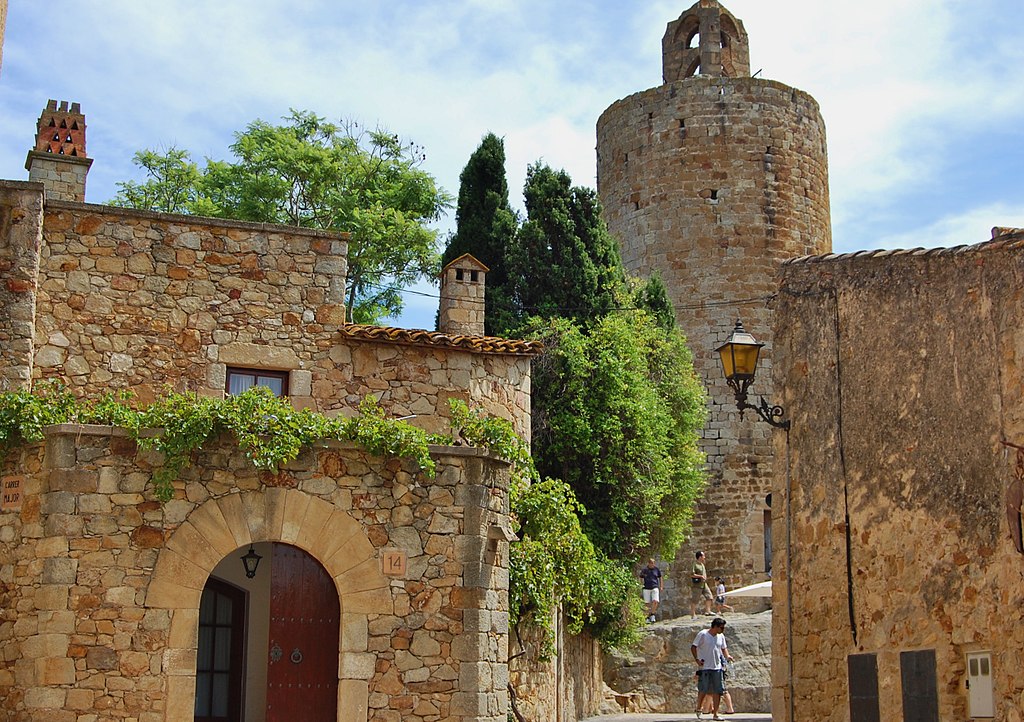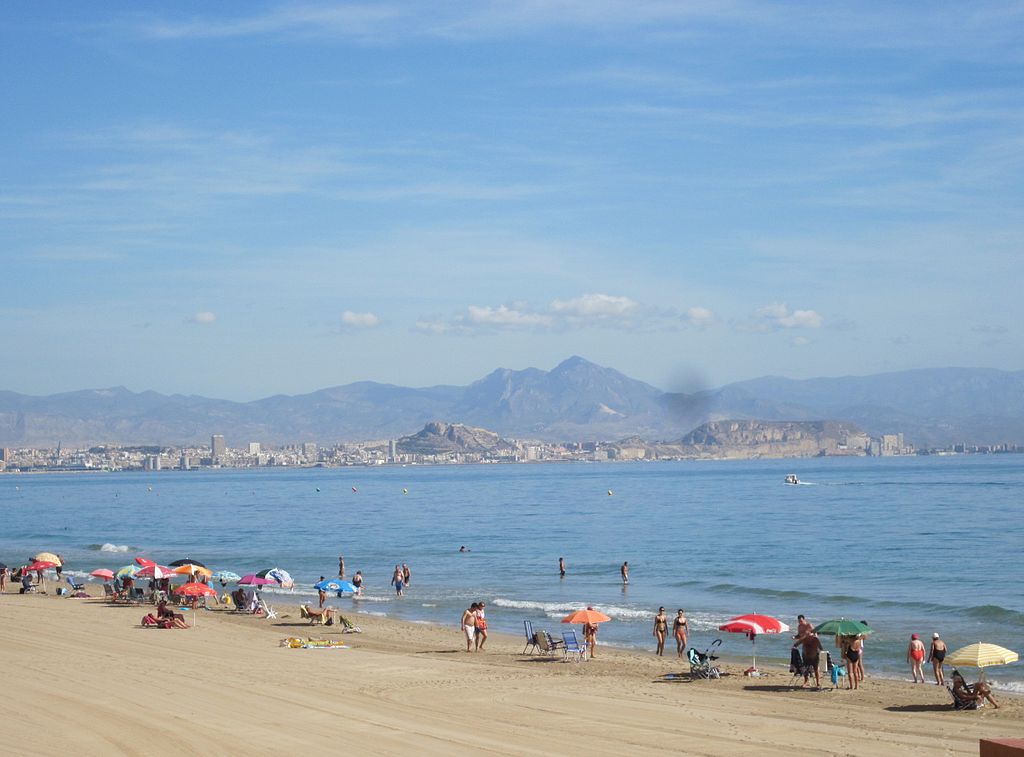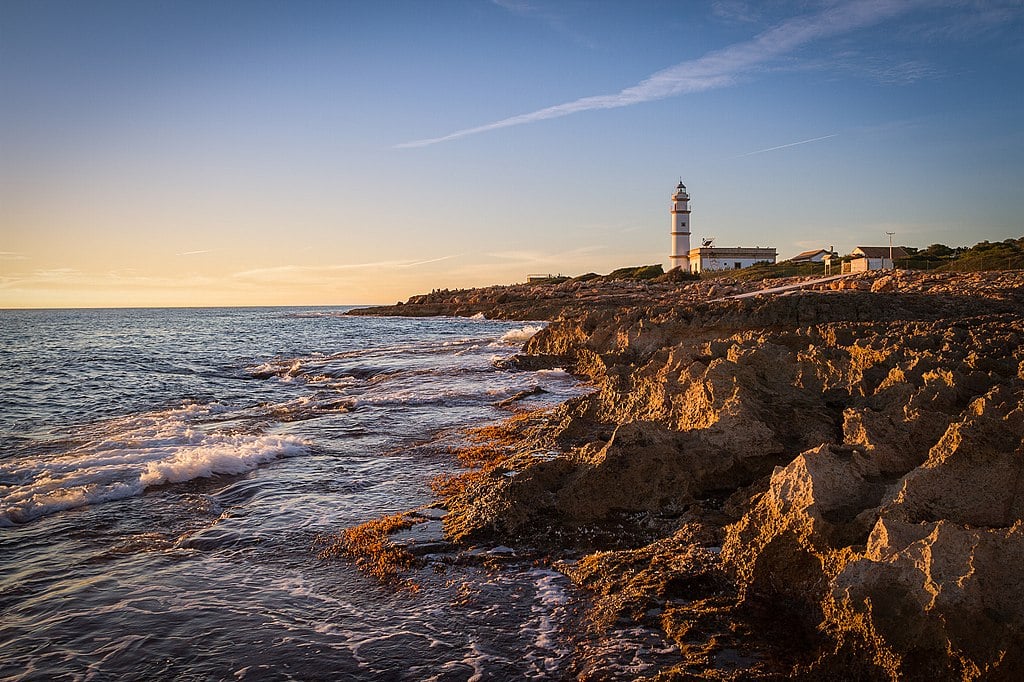Cities of course are still major draws for foreign property buyers in Spain, but when looking at municipalities of less than 500,000 people it’s interesting to note which ones foreigners prefer.
According to a study carried out by property giant Idealista, which analysed the visits received to its website during the months of June and July, these 10 villages are the ones that were searched for the most.
The one element that most of these have in common is that they are located on or within easy reach of the coast.
1) Benitachell, Alicante (Valencia)
Benitachell is located 80km from Alicante, northeast along the coast. The village itself is slightly inland, surrounded by mountain views, but there are several urbanisations running all the way down to the sea. It has a population of just 4,481 and is even home to a British International school. According to Idealista the average property price here is €2,965 €/m2.

2) Begur, Girona (Catalonia)
Located in Catalonia’s Costa Brava region, Begur is a picturesque hilltop town, which also sits slightly inland from the coast. It’s very popular with holidaymakers in summer who come to enjoy the nearby coves. You’ll have to have deep pockets if you want to live here, however, with the average cost of €3,435 /m2.

READ ALSO: The towns in Spain where Brits outnumber locals
3) Pals, Girona (Catalonia)
Located just a short hop from Begur, Pals is an old medieval village that seems to remain frozen in time. It’s quaint and charming, but also extremely popular with tourists and sometimes it may feel like you’re living in a museum. The population is just 2,528. Properties sell for an average of €2,568 / m2.

4) Llançà, Girona (Catalonia)
Situated in the Alt Empordà area of the Costa Brava, Llançà lies between the Cap de Creus Natural Park, above Dalí’s Cadaqués, and the French border at Portbou. It has a population of 4,914. A property here will cost you €2,121 /m2.

5) Arenales del Sol, Alicante (Valencia)
Just 12km south of Alicante city, Arenales del Sol is a residential zone and beach area. It offers seemingly endless stretches of sand that you can enjoy all year round. Just 5km from Alicante-Elche International Airport, it makes a great option for those who want to buy a holiday home here or travel often. A house or apartment here will set you back €2,268 /m2.

6) Frigiliana, Málaga (Andalusia)
Situated in the hills above Nerja, 57km east of Málaga, lies the picture postcard village of Frigiliana. One of Spain’s famed white villages, it’s known for its old Moorish quarter and quaint streets decorated with mosaics. Many of its properties even offer spectacular views all the way down to the coast. Properties cost an average of €2,489 /m2.

7) Cómpeta, Malaga (Andalusia)
Just north of Frigiliana in an area known as the Axarquía, Cómpeta is another charming white village and sits sitting at the foot of the Sierra Almijara. Almost half of its 3,814 residents are in fact foreigners, so you’ll have no problem fitting in. But if your goal is to integrate with local Spaniards, then you may want to look elsewhere. The average property price here is €1,489 /m2.

8) Ses Salines, Mallorca (Balearics)
Situated close to the southern tip of the island of Mallorca, Ses Salines municipality is home to around 5,200 residents. Its history is entwined with the production of salt and there are still salt flats found here today. Of course, it goes without saying that it lies within easy reach of one of the island’s most beautiful coastlines.

9) Ponga (Asturias)
The only village on the list that lies in northwestern Spain can be found in the region of Asturias. Located right on the border with Castilla y León and surrounded by high peaks, this is also one of the furthest villages on the list from the coast. Ribadesella is located approximately 53km to the north. It’s located in what is known as ‘Empty Spain’ and has just 574 residents.

10) Alcossebre, Castellón (Valencia)
Situated along the Costa Azahar or Orange Blossom Coast in the northern part of Valencia, Alcossebre is a pretty seaside village with lots of colourful houses. Offering a relaxed pace of life, it has around 7,000 residents. Properties cost an average of €1,897 /m2.




 Please whitelist us to continue reading.
Please whitelist us to continue reading.
Member comments